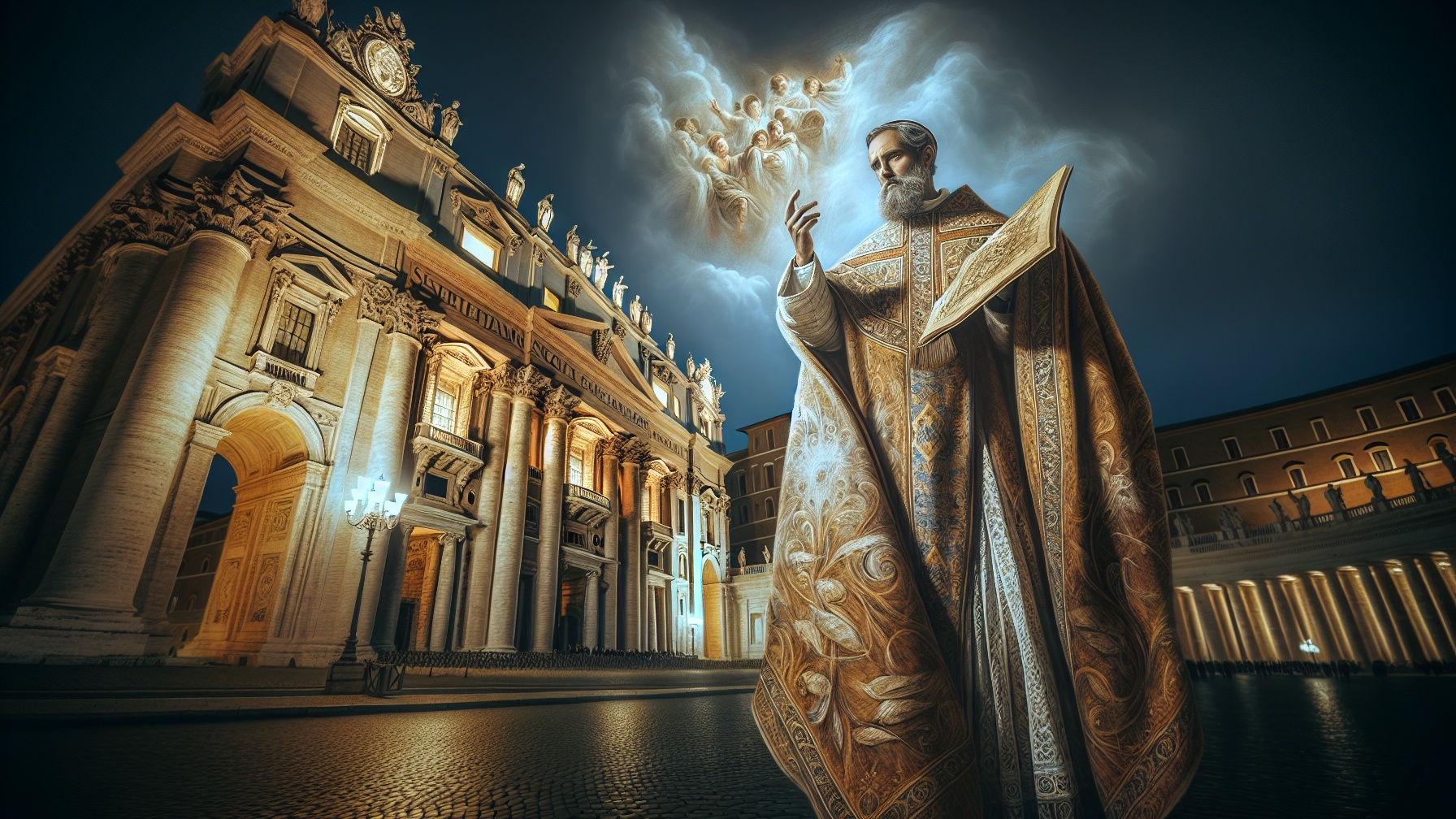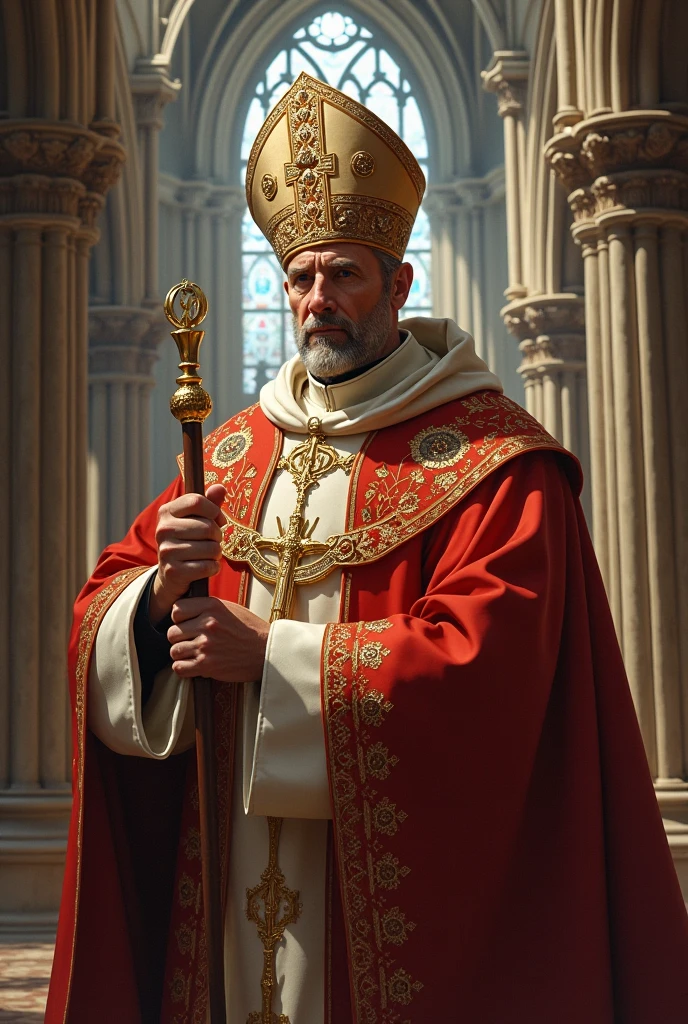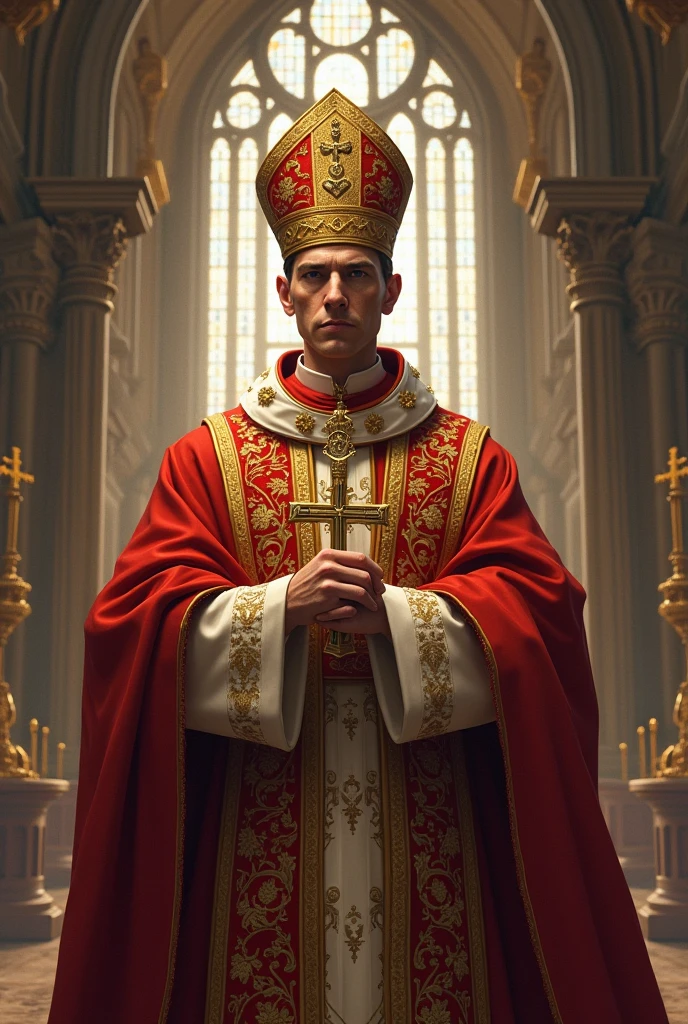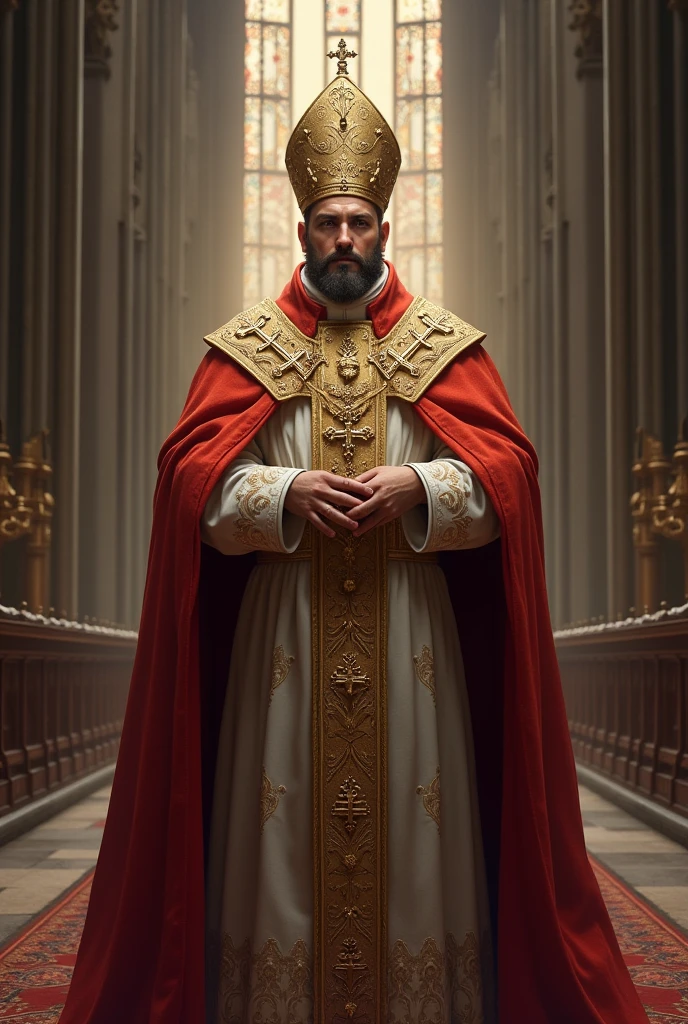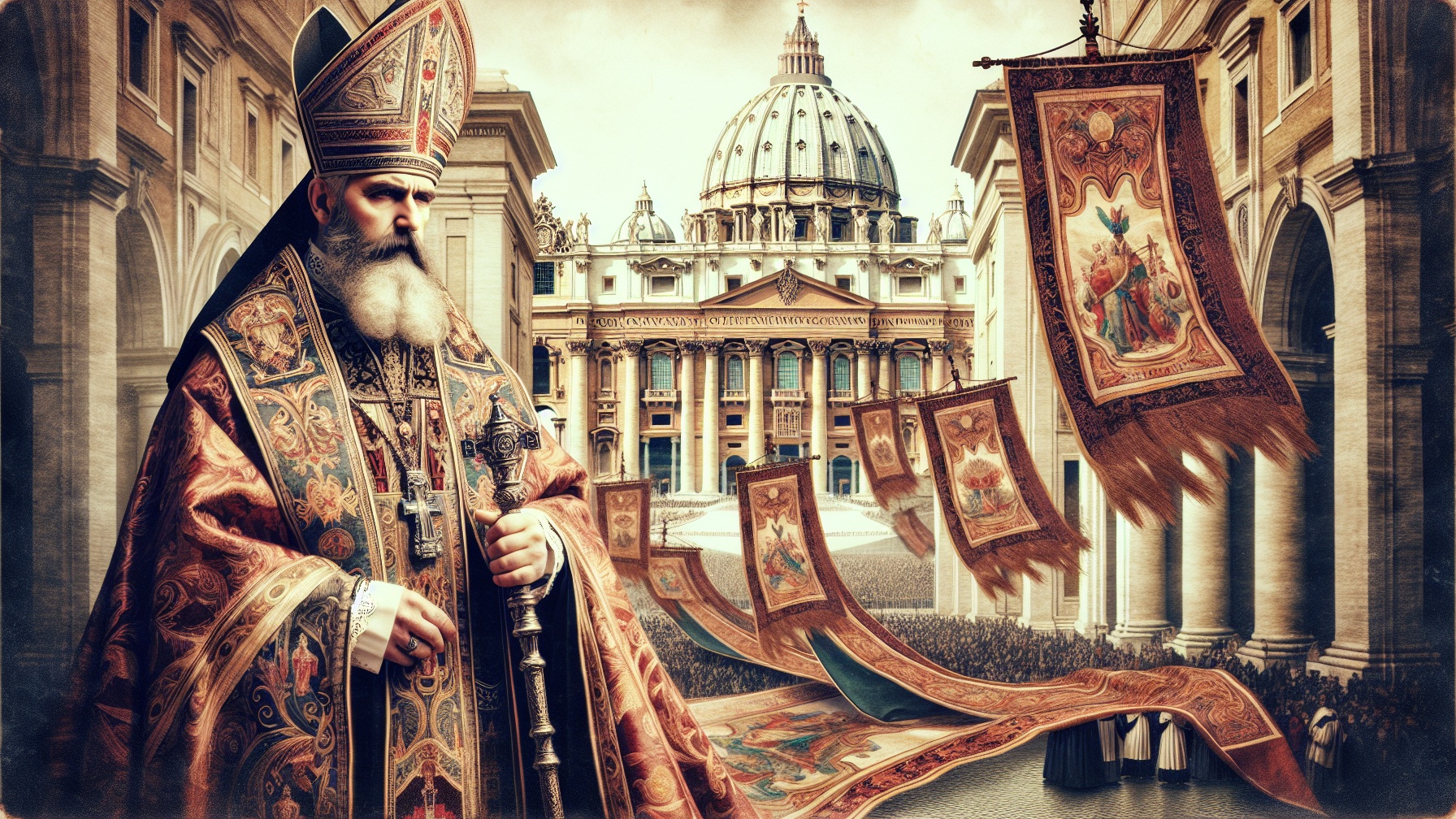Click here to visit the make me noble online shop
Historically, the Pontifex Maximus was responsible for overseeing various sacred rituals and managing the calendar, ensuring that religious observances were carried out at appropriate times. This role was critical in a society where the alignment of human affairs with divine will was paramount. The importance of the office grew as Rome transitioned from a Republic to an Empire, fundamentally altering the landscape of power and faith. Under Julius Caesar and his successors, the title became synonymous with imperial authority, marking a fusion of political and religious power that would have lasting implications. The transition of the Pontifex Maximus from a purely religious figure to one deeply embedded in the political fabric of Rome raises essential questions regarding the nature of authority and faithfulness in leadership. With power comes responsibility, and the ability to lead requires a deep understanding of one’s own beliefs and values. To become a leader like the Bishop of Rome, an individual must reflect on their inner faith and how it translates into actions that resonate with those they guide. As Christianity emerged and began to flourish within the Roman Empire, the role of the Pontifex Maximus transformed once again. The shift from paganism to Christianity represented not only a change in religious practice but also a redefinition of authority. The first Bishop of Rome to assume the title of Pontifex was Pope Leo I, who fortified the church’s status and sought to unify Christian doctrine in a time of great turmoil. This transition illustrates how faith evolved to meet the needs of the populace while maintaining the integrity of its core principles.
Leadership in any sphere, especially in spiritual contexts, requires an unwavering commitment to one’s beliefs. The title of Bishop of Rome or Pontifex Maximus embodies a vision of unity, compassion, and guidance. Those who aspire to these roles must engage in self-discovery, examining their motivations, values, and aspirations. They must cultivate a deep, personal relationship with their faith, allowing it to inform their decisions and interactions with others. The challenges faced by modern leaders are not dissimilar to those encountered by their ancient predecessors. In a rapidly changing world where moral compasses are often tested, the necessity of inner faith becomes even more pronounced. A leader rooted in faith can act as a beacon of hope, encouraging others to seek solace and strength in difficult times. The example set by figures such as Pope Francis, who emphasizes humility, service, and social justice, demonstrates the transformative power of faith-driven leadership. To embody the ideals associated with the role of Bishop of Rome, an individual must embrace certain characteristics: empathy, courage, resilience, and wisdom. Empathy allows leaders to connect with their communities, understanding the diverse struggles and experiences of individuals. Through courage, they can advocate for what is just, even in the face of adversity. Resilience nurtures the ability to overcome obstacles, learning from failures rather than being defined by them. Wisdom encourages thoughtful decision-making, considering the long-term impact of choices on both believers and broader society.
Furthermore, the concept of being a “bridge-builder” resonates throughout the centuries, emphasizing the role of a leader in fostering dialogue and reconciliation. In today’s polarized world, the ability to bridge divides and bring people together is more crucial than ever. Leaders are called to champion inclusivity, respect, and love, reflecting the fundamental teachings of faith across all traditions. In embarking on the path to becoming a Pontifex Maximus, one must also acknowledge the historical weight of this title. It carries with it not only a legacy of spiritual authority but also a backdrop of complex social dynamics, conflicts, and transformations. Understanding this history equips prospective leaders with insights that can guide their actions and enhance their capacity for meaningful engagement. Moreover, the intersection of faith and societal responsibility demands a reflective approach. The modern-day Bishop of Rome wields influence that extends far beyond ecclesiastical matters; their voice serves as a critical commentary on global issues such as climate change, poverty, and humanitarian crises. Leaders must be attuned to the world around them, grounding their responses in faith while acknowledging the realities of contemporary challenges.
As we navigate the complexities of life, discovering one’s inner faith can serve as a powerful impetus for positive change. When individuals align their personal beliefs with their actions, they create a ripple effect that can inspire and uplift entire communities. A true Pontifex Maximus recognizes their potential to foster growth, healing, and unity through their unwavering commitment to faith and service. Ultimately, the journey toward embodying the essence of the Bishop of Rome is a deeply personal one, offering opportunities for growth, introspection, and connection. Each individual brings unique experiences, perspectives, and strengths, enriching the broader narrative of faith leadership. The call to become a bridge-builder is not limited by titles or offices; it resides within each of us, waiting to be unearthed and shared with the world. In conclusion, exploring the concept of becoming the Bishop of Rome or the Pontifex Maximus invites us to reflect on the profound relationship between faith and leadership. By discovering and nurturing our inner faith, we become equipped to navigate the complexities of existence and serve as agents of transformation in our communities. The legacy of the Pontifex Maximus reminds us that true leadership transcends mere titles—it’s about embodying the values we hold dear and fostering a spirit of compassion, understanding, and unity in an ever-changing world. As we strive to be noble figures in our own right, may we all embrace the call to build bridges of faith, hope, and love, transcending boundaries and fostering connections that inspire a brighter future for all.
